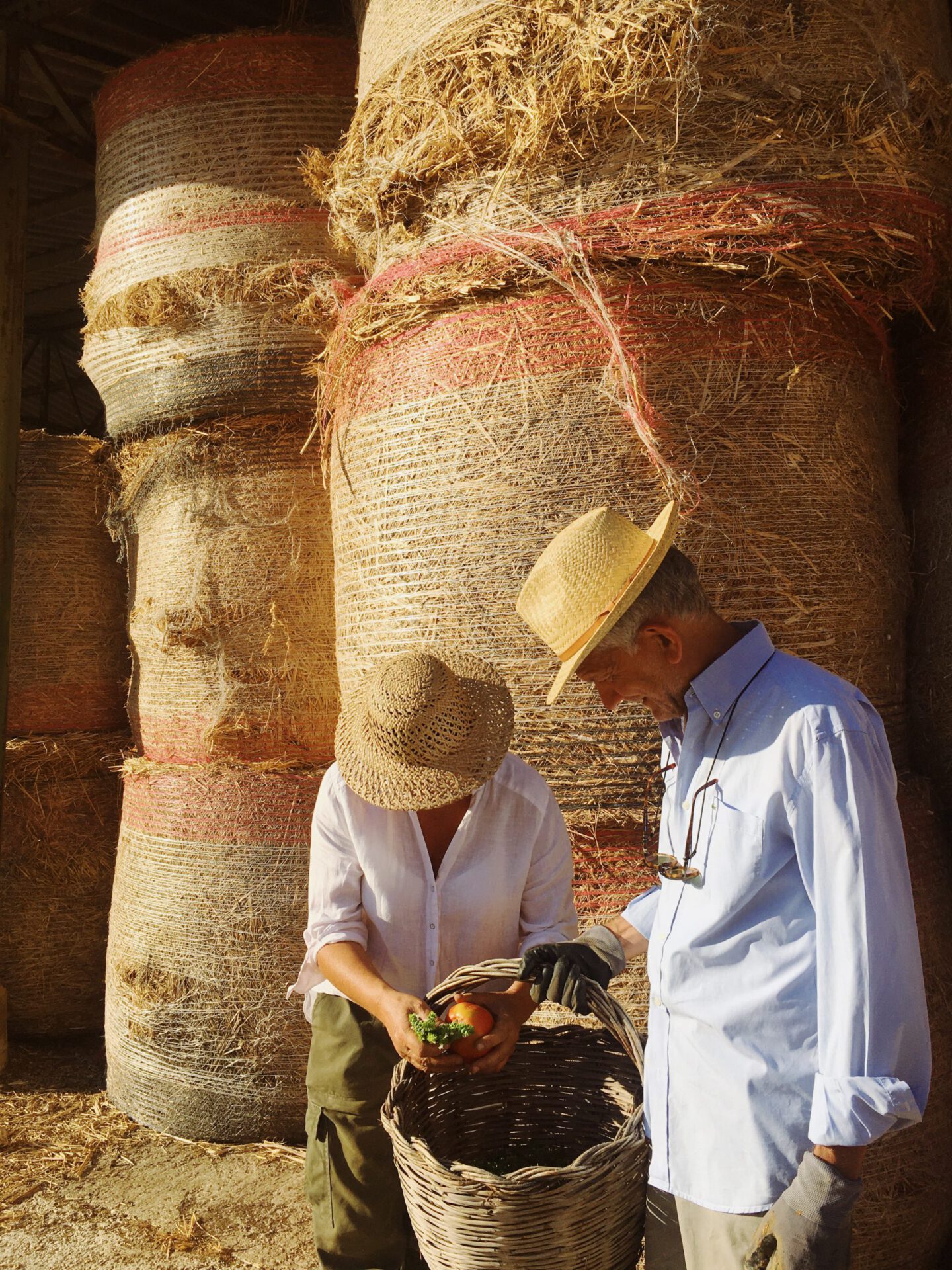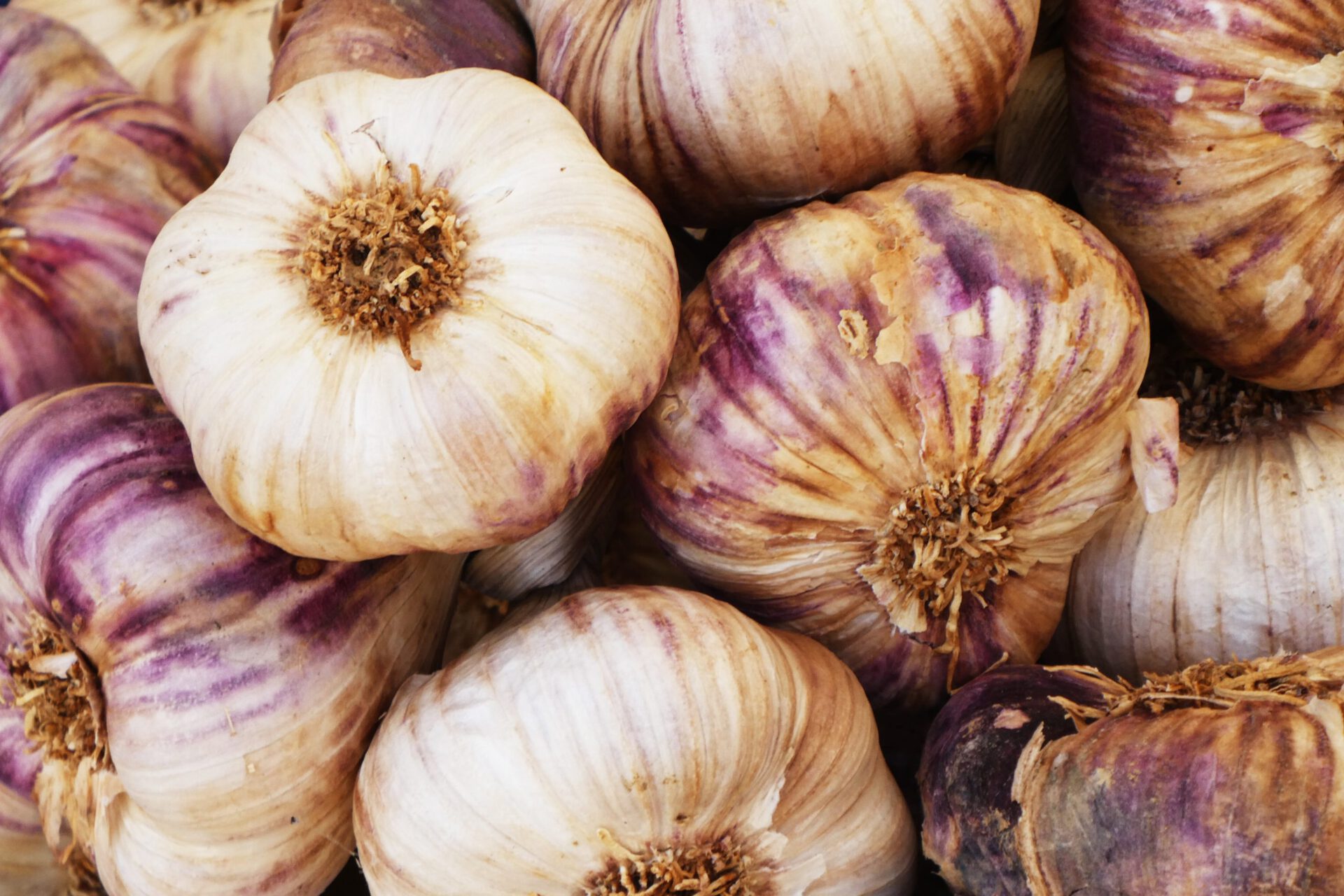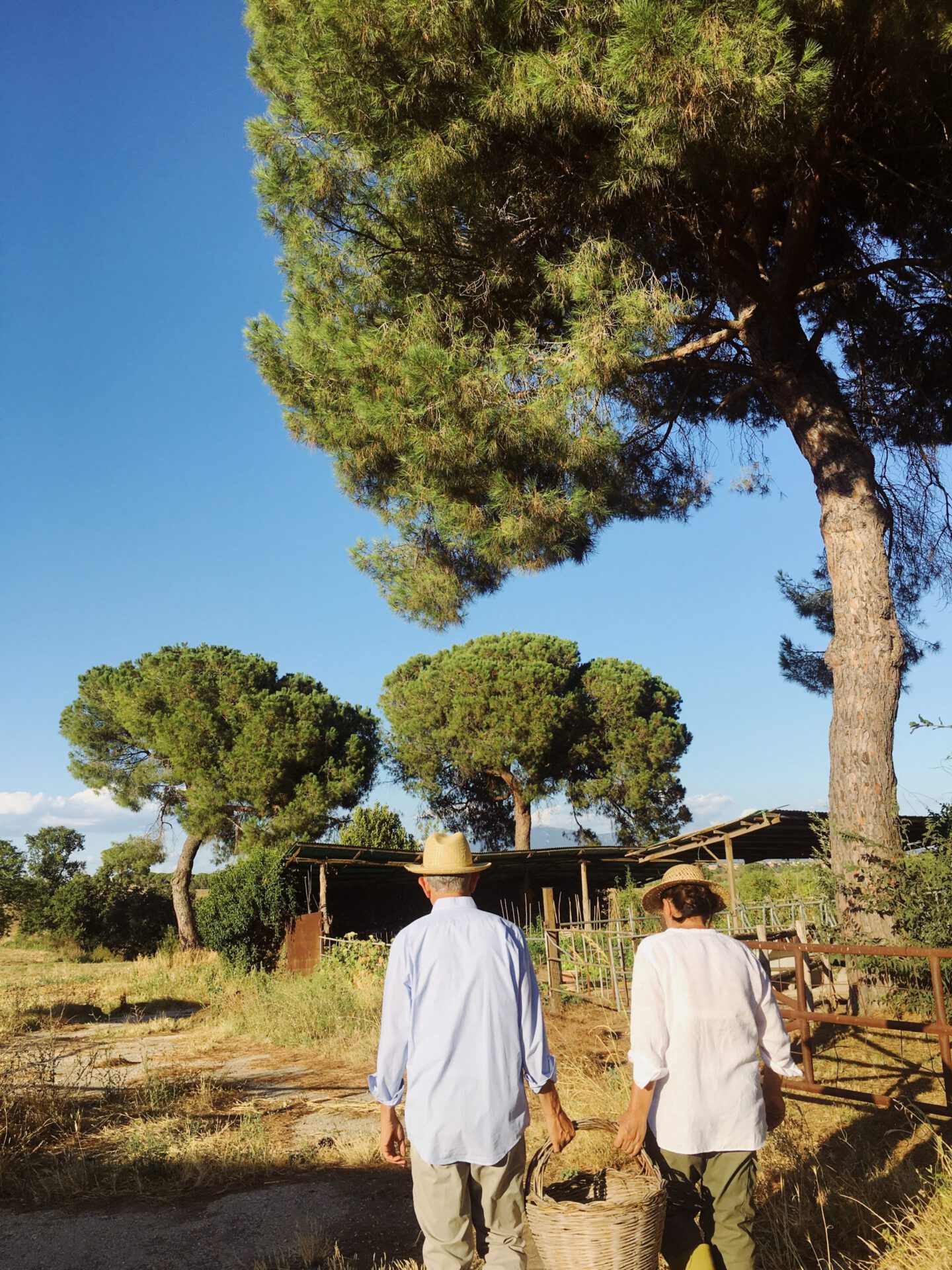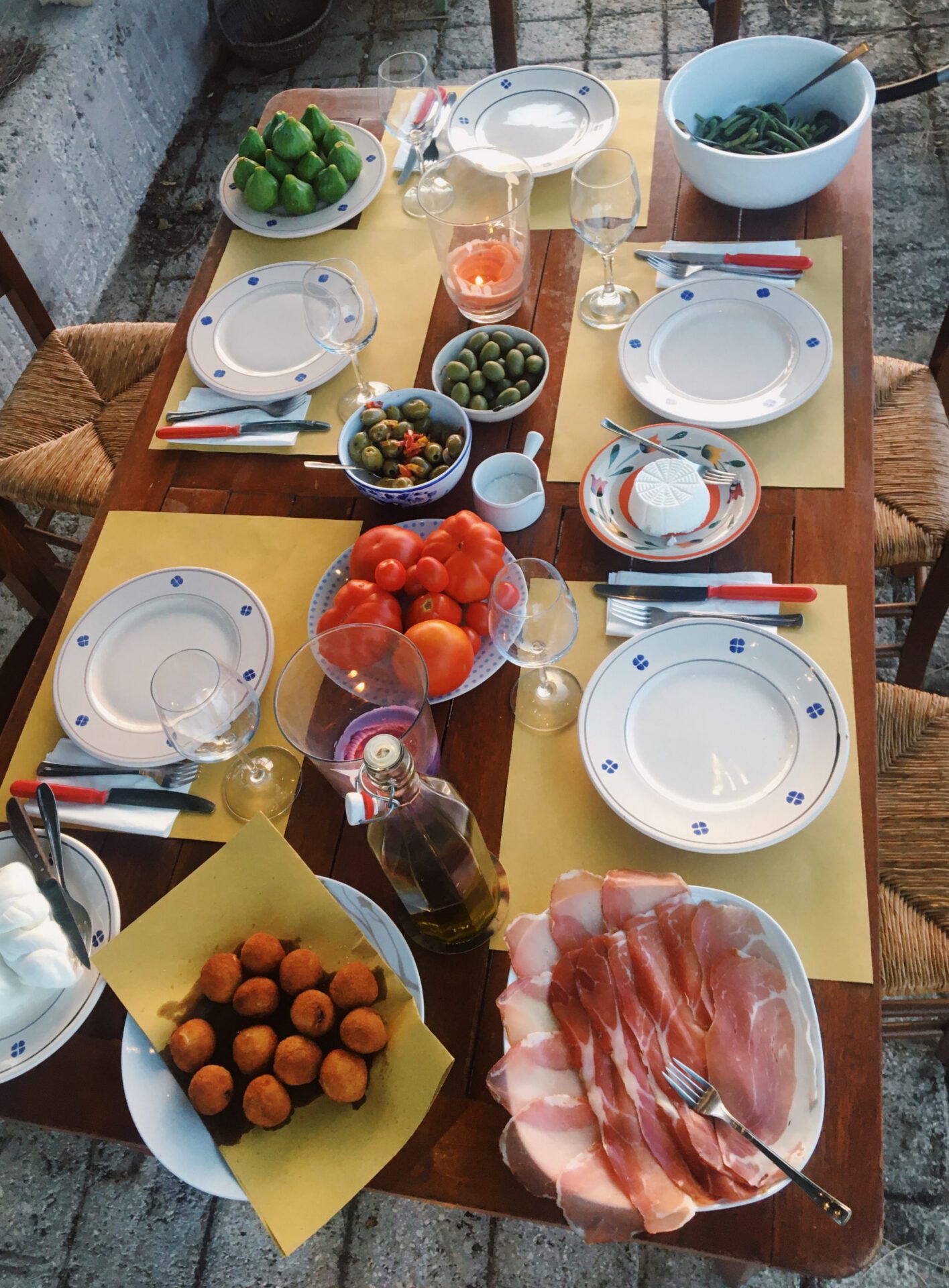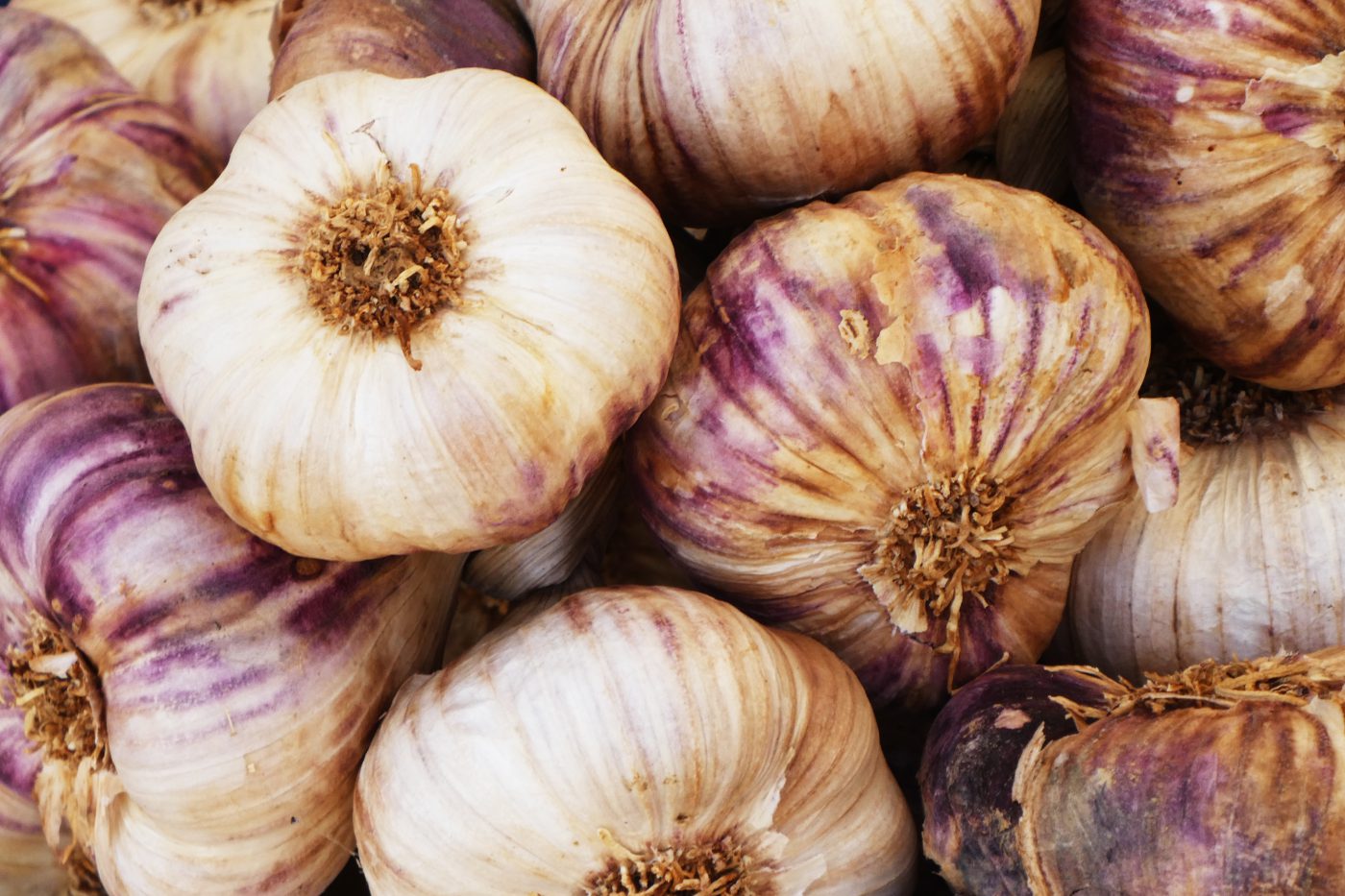Lucky for us, the Mediterranean sun, air, and breeze have created an impeccable climate for cultivating produce; it’s no surprise that more than 50% of Italian soil is dedicated to agriculture. The land is so fertile, in fact, that many kinds of produce–among these, tomatoes, eggplant, and chili peppers–grow better here than in their places of origin. And we all know that part of the reason why Italian cuisine is so fantastic is our country’s raw ingredients, with regional preparations capitalizing on the best each microclimate has to offer.
This fresh, local produce tastes even better when it comes from your own garden. For those of us without a green thumb, don’t be discouraged; with a few of these Italian gardening practices, local knowledge passed down through the generational strata, it can be quite easy. So, whether you have a plot or just a windowsill, here are six rules to follow to grow your own!
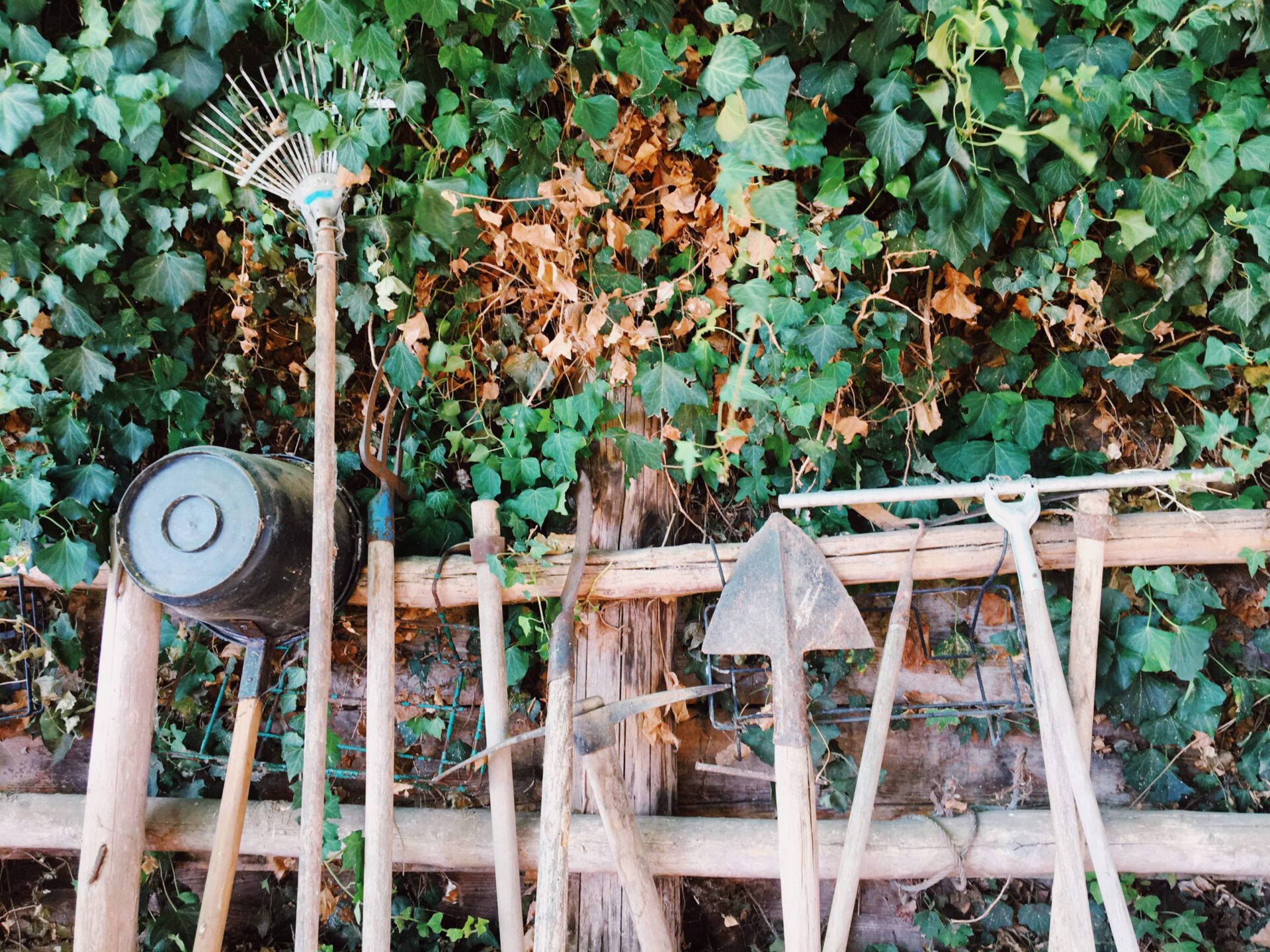
1. Enrich the soil by mixing it with “stallatico bio”–a biological fertilizer typical of organic agriculture. It provides nourishment to the plants, while increasing both the soil’s ability to hold moisture and its fertility.
2. Take advantage of the fact that certain plants have positive influences on each other and plant them closely or alternately: tomatoes love basil, chili peppers love lettuce, and beans love everyone.
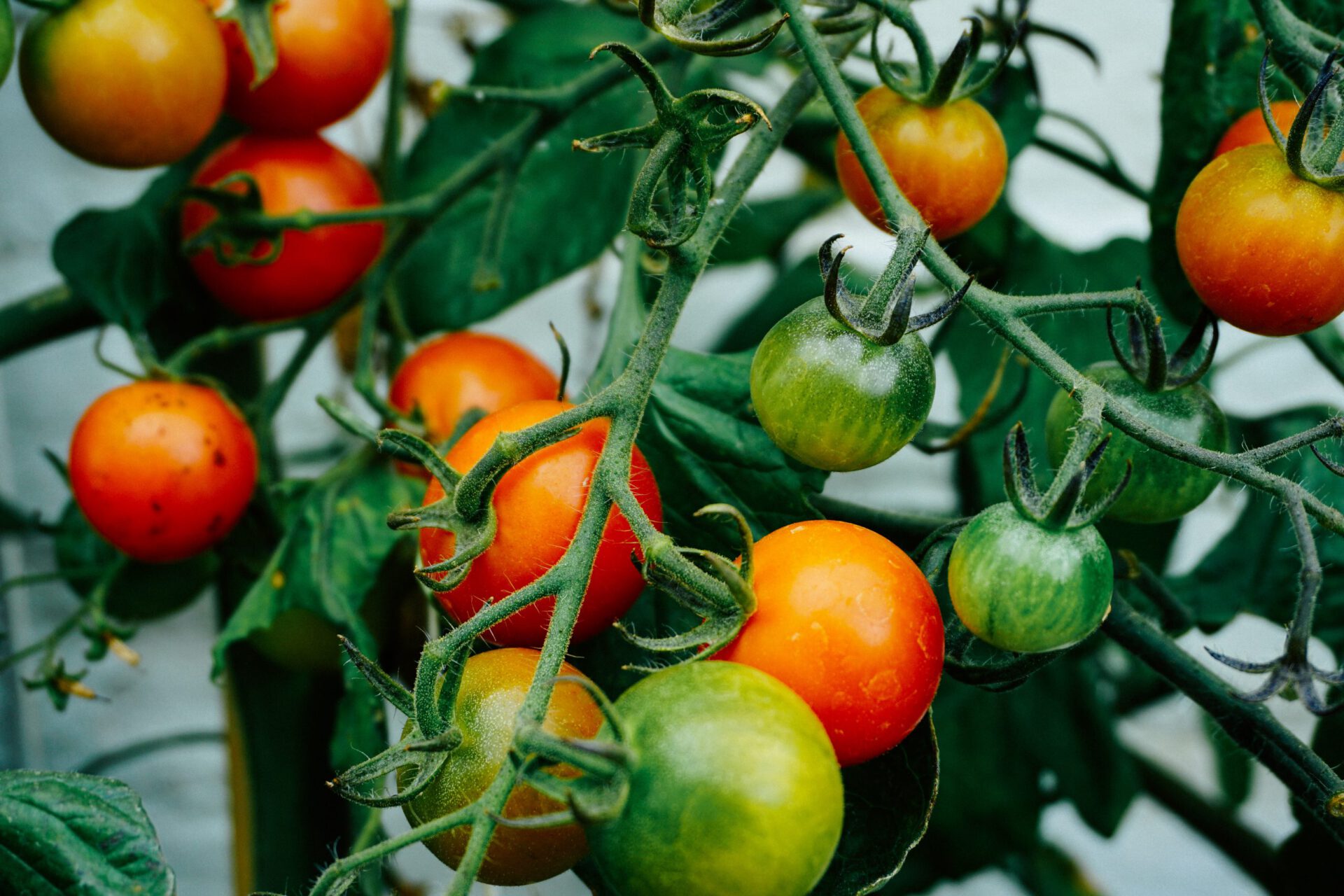
3. Pay special attention to the water needed by your plants–not all plants require the same amount! If your plants are outside, it’s better to water them at night, when the temperature is lower. The plants most in need of water are melon, zucchini, and pumpkin. Beans don’t require as much, and peperoncino only needs water once every three days.
4. Natural pesticides and fungicides are always better, especially when you can make them with on-hand ingredients like garlic–which has allincina, a natural antibiotic–and tomatoes–which have solanina, a toxic substance. Here are two recipes for easy homemade solutions:
- Garlic Infusion: Dilute 75 grams garlic in 10 liters of hot water for 5 hours. Spray the infusion directly onto plants every three days, preferably in the evening. It also works as a preventative measure.
- Tomato Macerate: Soak the stems and leaves of a tomato plant in water (the ratio is 250/300 grams of leaves and stems per every 1 liter of water) for 3-5 days depending if the parts are whole. Spray the infusion directly onto the plants you wish to protect, preferably in the evening.
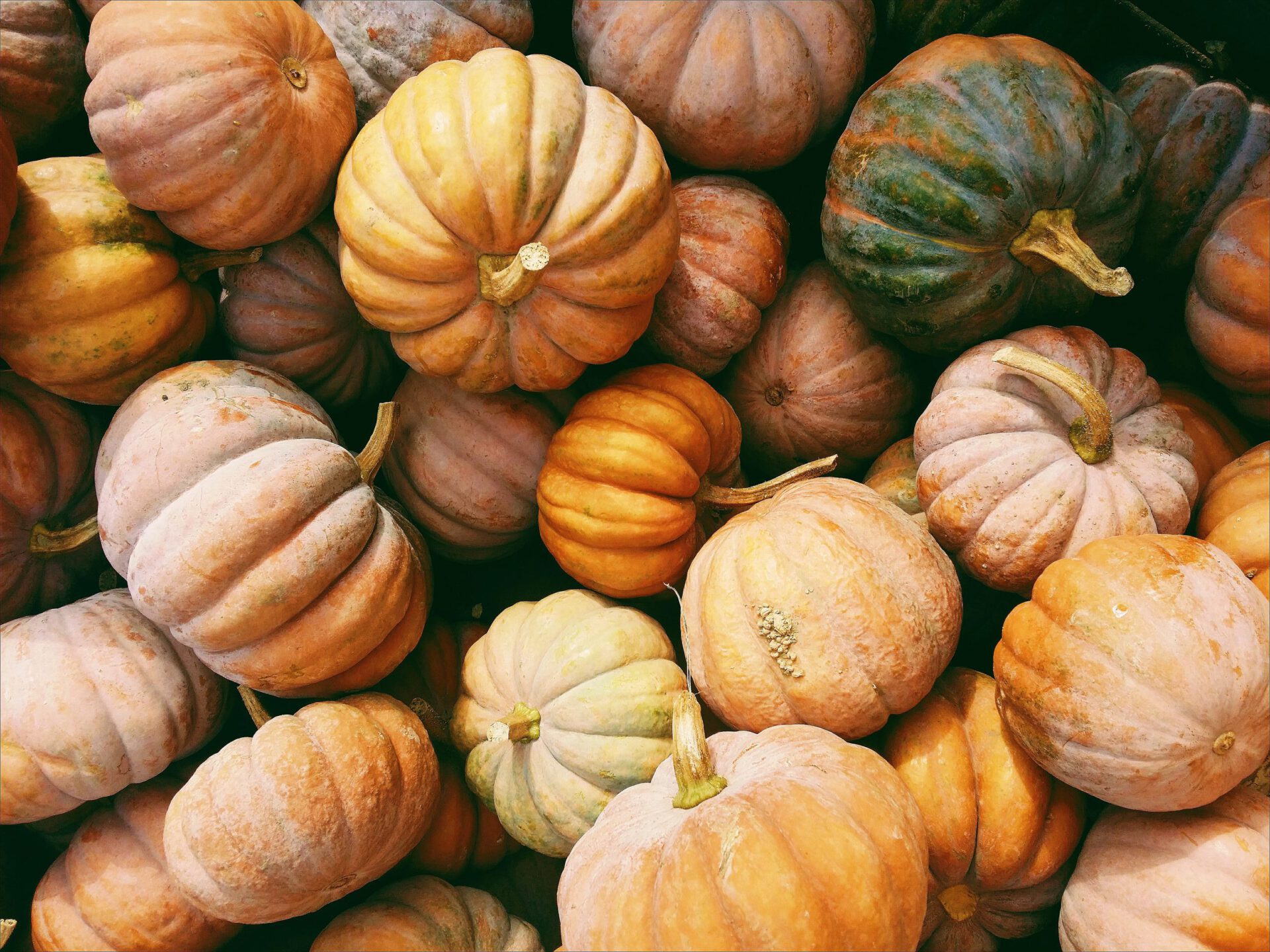
5. Add organic material–like straw–around the base of the plants in order to prevent the growth of weeds. In Italian, this is called pacciamatura. If you don’t have straw, some dry leaves will have the same effect.
6. Herbs are one of the easiest plants to grow, especially if you have limited space. Here is a quick guide to some of Italy’s best:
-
- Parsley: Requires some shade; does not need a lot of space; best grown from a starter plant; does best when grown in the ground outside.
- Greek Oregano: Full sunlight; can be grown from a seed, cutting, or starter plant; grows best in a pot outside.
- Rosemary: Full sunlight; suffers from too much water; best grown from a starter plant; grows best in a pot outside.
- Sage: Full sunlight; best grown from a starter plant; grows best in a pot outside.
- Thyme: Full sunlight; tolerates drought well; can be grown from a seed or starter plant; grows best in a pot outside.
- Italian Sweet Basil: Can be grown from a seed or starter plant.
